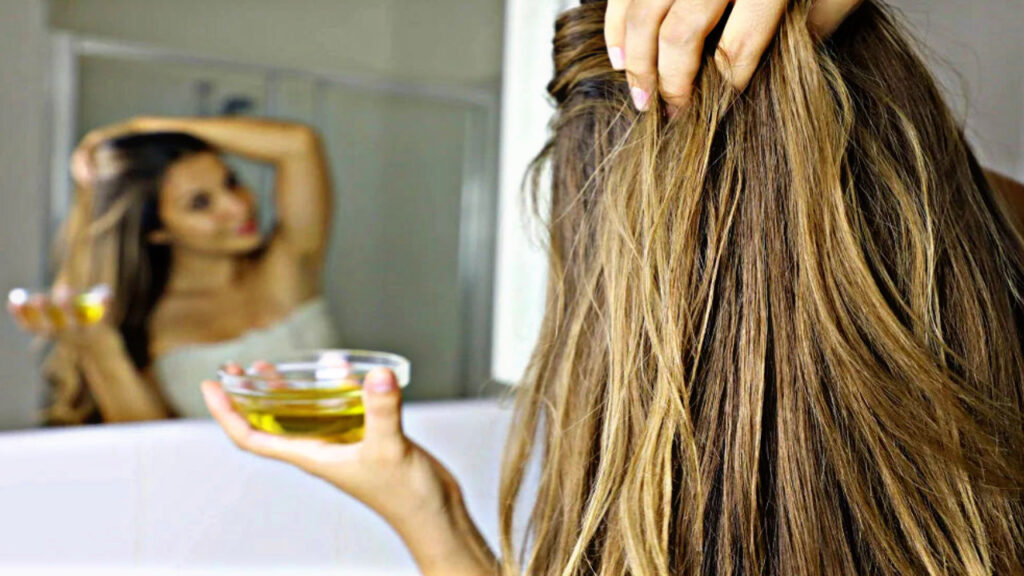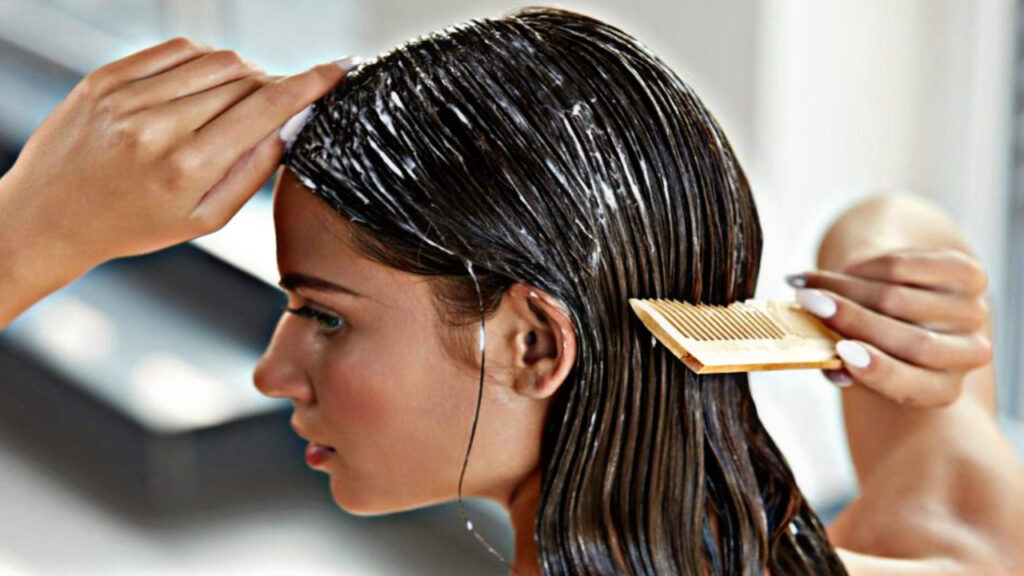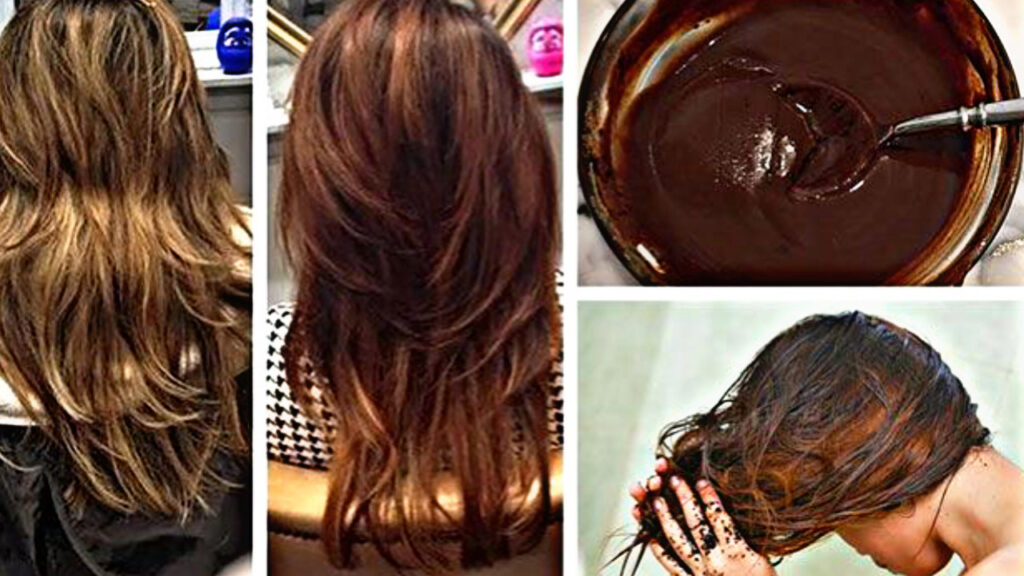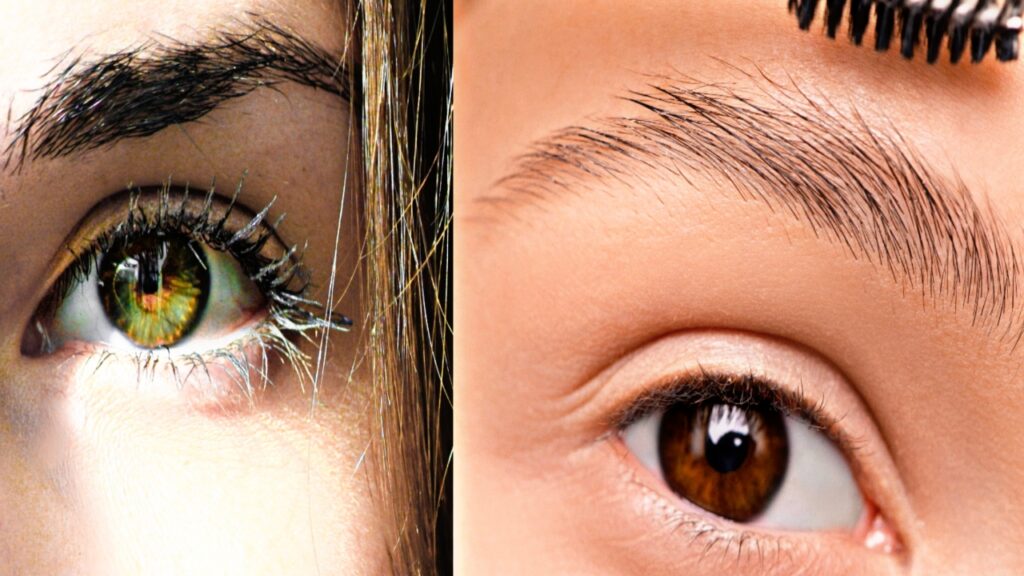Hair
In recent years, the beauty industry has witnessed a significant shift toward natural and eco-friendly alternatives, and hair colouring is no exception. Plant-based hair colours have emerged as a popular choice for individuals seeking vibrant, lasting hues without compromising on health or the environment. These natural dyes offer a gentle, chemical-free way to enhance your hair’s colour while nourishing it from root to tip.

What Are Plant-Based Hair Colours?
Plant-based hair colours are derived from botanical ingredients such as henna, indigo, amla, hibiscus, and other herbal extracts. Unlike conventional hair dyes, which often contain harsh chemicals like ammonia, parabens, and synthetic pigments, plant-based options use natural pigments to create beautiful shades. These colours not only dye your hair but also provide conditioning benefits, making your hair softer, shinier, and healthier.
Why Choose Plant-Based Hair Colours?
- Gentle on Hair and Scalp
Chemical hair dyes can cause irritation, dryness, and even allergic reactions for some people. Plant-based hair colours are free from harmful additives, making them a safer option for sensitive scalps. They gently coat the hair shaft without stripping away natural oils, preserving moisture and preventing damage. - Eco-Friendly and Sustainable
Many synthetic hair dyes involve processes that harm the environment through chemical waste and pollution. Plant-based dyes are biodegradable and often come from sustainable sources, minimizing their ecological footprint. Choosing these natural alternatives supports environmentally conscious beauty practices. - Rich, Natural Shades
With plant-based dyes, you can achieve a variety of beautiful shades, from warm reds and auburns (thanks to henna) to deep browns and blacks (using indigo). Combining different plant powders allows for customized hues, providing a natural look that complements your skin tone. - Hair Health Benefits
Beyond colouring, ingredients like amla and hibiscus are known for their hair-strengthening and scalp-nourishing properties. They help combat dandruff, promote hair growth, and improve overall hair texture, making plant-based dyes a holistic solution for hair care.
How to Use Plant-Based Hair Colours

Applying plant-based hair colour is a bit different from conventional dyes. Typically available as powders, these ingredients are mixed with water or natural liquids (like tea or lemon juice) to form a paste. This paste is then applied to clean, damp hair and left on for a specific duration usually between one to four hours, depending on the desired intensity. After rinsing thoroughly, you’ll notice a subtle yet radiant change in your hair colour.
Things to Keep in Mind

- Patch Test: Always perform a patch test to check for allergies or sensitivity.
- Consistency: Plant-based dyes may require repeated applications to achieve darker or more intense colours.
- Time: The process is generally slower than synthetic dyes, but the results are worth the patience.
Plant based hair colours are more than just a trend they represent a conscious movement toward healthier, more sustainable beauty routines. By choosing natural hair dyes, you not only protect your hair and scalp but also contribute to a greener planet. Whether you want to cover greys or add a splash of colour, embracing plant-based hair colours is a beautiful way to celebrate nature’s gifts while caring for yourself inside and out.





